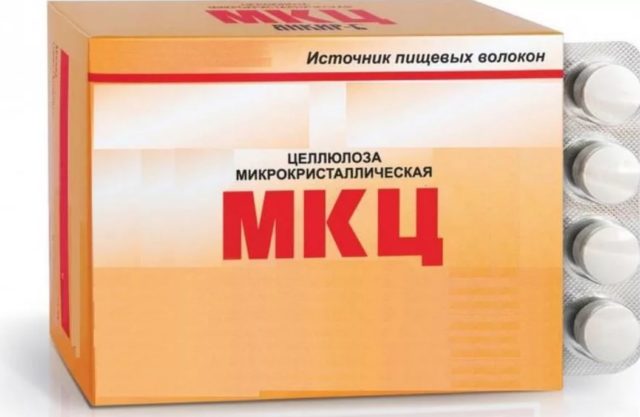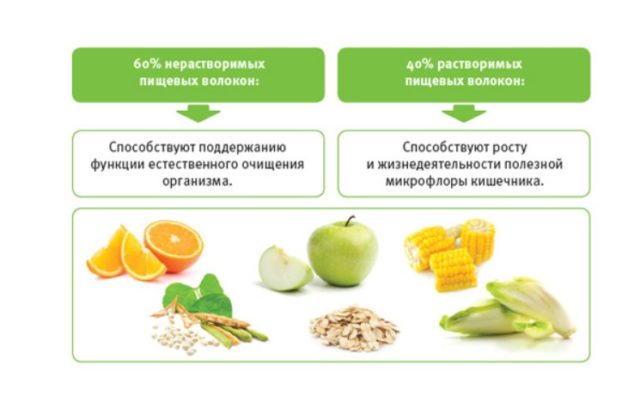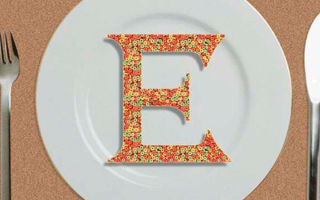Content
Food additive E460 is present in sausages, dumplings, sausages, canned meat. Workers in the meat-processing industry confirm that the percentage of real meat in products is negligible.

What kind of additive is E460
The product is divided into 2 types - microcrystalline cellulose and cellulose powder. According to the national standard, the additive is classified as an emulsifier. The substance dissolves in water, forms a gel that is resistant to high temperatures. Cellulose fills most products and prevents loose ingredients from caking and clumping.
Both types of additives have approximately the same properties, structure and scope. The color of the substance is white or with a grayish tinge; there is no smell or taste. E460 is highly soluble in ionic media, but not diluted in water or organic liquids. The substance is highly hygroscopic (absorbs moisture) and thermal stability.
E460 is an organic substance of the group of polysaccharides, which is the main component of the plant cell walls. The additive has a hard and stable structure, but at the same time it is elastic and does not collapse when heated.

What is microcrystalline cellulose made of (E460)
The substance is obtained from plant materials. A large amount of cellulose is found in cotton - about 93%, coniferous or deciduous tree species contain about 60% of the raw material. For production, woody fibers of dried plants are used. The microcrystalline form of the food additive is obtained by hydrolysis, the powder - by the method of isolation from plant materials. The wood is soaked in water and exposed to nitric or hydrochloric acid. After cleaning from oligosaccharides, the product is dried and ground.
In production, white crystalline powder is packaged in three types of containers:
- Plastic jar.
- Foil or transparent bag.
- Cardboard box.
Also, cellulose is obtained by cooking wood chips in one of three ways - sulfite, soda, sulfate. The last method is the most common, as it allows you to get the E460 emulsifier from any raw material of plant origin.
The substance gets into retail sale as a dietary supplement. The chemical structure of cellulose is a linear homopolysaccharide, which is built from β-D-glucose residues. Formula [C6H7O2 (OH) 3] n.

The benefits and harms of food additives E460
On the one hand, cellulose can be considered a useful substance. Due to its high sorbing qualities, the additive cleanses the digestive system of toxins, removes heavy metals and radionuclides from the body.E460 slows down the absorption of sucrose into the bloodstream, which helps in the fight against extra pounds. But there are also downsides to the excess of emulsifiers in food.
The substance emulsifier E460 is a kind of ballast, an empty mass, which, due to dyes and aroma enhancers, takes on the shape of a natural product. Having learned about such facts, consumers refuse to buy various types of semi-finished meat products, sausages or dumplings. This is not beneficial for manufacturers and they resort to false advertising. On the packaging of most products, you can find information about the benefits of microcrystalline cellulose. Supposedly the supplement cleanses the intestines and has a beneficial effect on digestion. This is not entirely true. Cellulose is really able to cleanse the body, but along with the harmful components, useful substances also go away.
The high concentration of the food additive E 460 in food has a negative effect on the body - leads to frequent constipation and the formation of fecal stones, disruption of intestinal motility and other problems with the gastrointestinal tract.
Dangerous or not food additive E460
Fiber must be present in the diet of a healthy person for the digestive tract to function properly. Microcrystalline cellulose - biologically active additive - fiber concentrate. Together with harmful toxins and slags, E460 removes useful substances from the body, since it does not have the properties of a selective sorbent. The supplement is harmless if consumed in moderation.
The daily allowable amount of emulsifiers has not been established, so manufacturers willingly exceed their amount in many manufactured products - no one thinks how this will affect the health of consumers. You should give up sausages, semi-finished meat products, various sauces and sweet desserts in favor of fruits and vegetables, natural products.

Where and why microcrystalline cellulose is added
The main area of application of the E460 emulsifier is the meat industry. Anything that is sold on store shelves under the guise of meat rarely has anything in common with meat. Cellulose is cheap, it is stored for a long time and does not need special conditions. On the basis of such plant raw materials, manufacturers "collect" meat products. Colorants, preservatives, flavor and aroma enhancers transform cellulose into a sausage that is difficult to distinguish from natural.
E460 has other purposes as well. In addition to the meat processing industry, the emulsifier is found in baked goods. The mass of the product is not lost during heat treatment, which will allow the manufacturer to maintain the volume and mass of the product, and therefore not to lose in price.
Microcrystalline cellulose is often included in so-called "dietary" products. The additive is not absorbed by the body, which makes it possible to create yoghurts, instant cereals or desserts, which, with a sufficiently large weight, will be low in calories. Such food simply clogs the stomach, creates a feeling of fullness, but at the same time does not benefit the body.
The use of cellulose goes beyond the food industry. E460 is a part of medicines, including dental materials, viscose wipes, cosmetic products - creams, emulsions, dyes.
Conclusion
Food additive E460 does not belong to the category of substances hazardous to the human body. It is not forbidden to add an emulsifier to food products, including baby products, but a high concentration of cellulose gum can deprive the body of not only harmful, but also useful substances.

